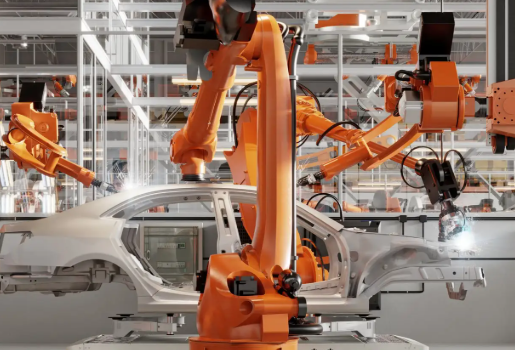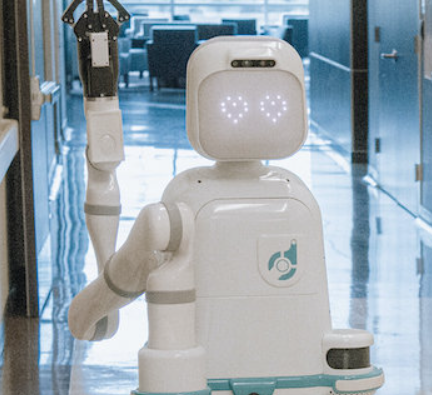
The pressure to improve productivity and maintain consistent quality has intensified across global manufacturing. As industries race to stay competitive, automation has become a vital component of production strategies. One of the standout tools in this movement is the assembly robot—particularly mobile manipulators—which have proven instrumental in transforming how assembly lines operate across various sectors.
Why Mobile Manipulator Robots Are Gaining Ground
Assembly is one of the most repetitive and time-consuming processes on the production floor. It’s also highly dependent on precision, making it ideal for automation. Introducing mobile robotic arms into this workflow enhances productivity while minimizing the likelihood of errors that can result in costly defects or delays.
The value of mobile manipulators lies in their ability to move freely throughout the factory, adjust to different assembly tasks, and perform with a level of accuracy that improves both output and consistency. Here are some of the core benefits manufacturers are realizing:
- Adaptability: Mobile units can be quickly reprogrammed or repositioned to handle new product variations or process changes without requiring modifications to the production line.
- Operational Efficiency: Eliminating the need to transport parts manually or using fixed systems saves time and accelerates overall workflow.
- Smarter Use of Space: These robots can maneuver through confined or complex factory layouts where traditional equipment cannot operate effectively.
- Workplace Safety: Equipped with collision detection and smart sensors, mobile robots navigate safely around workers, helping to create a collaborative environment.
- Cost Savings: Though the upfront investment may be substantial, the long-term reduction in labor costs, error rates, and downtime delivers a strong return.
Industries Advancing with Robotic Assembly
A broad range of industries is embracing robotic assembly to meet growing demands and tighter production schedules. The versatility of mobile manipulators makes them suitable for many environments:
- Automotive: These robots are used for tasks like component assembly, welding, painting, and material transport, helping maintain high output and quality.
- Electronics: High-precision robots are essential for assembling delicate items like circuit boards, semiconductors, and device casings.
- Aerospace: Assembly robots assist with constructing aircraft parts such as wings and fuselage sections, handling materials that require meticulous accuracy.
- Food Packaging: In this sector, robots manage packaging operations with strict hygiene protocols, minimizing contamination risks while speeding up the process.
- Other Sectors: Pharmaceuticals, plastics, and furniture manufacturing also benefit, using robots for tasks like cap placement, structural assembly, and labeling.
Key Robotic Functions in Assembly Workflows
Mobile robots with manipulator arms are increasingly responsible for various tasks across assembly lines. Some of their primary roles include:
- Assembling Small Components: Robots handle tiny parts with precision, fastening or joining them using glue, welds, or screws depending on the application.
- Sorting and Identifying Parts: Using sensors and vision technology, robots distinguish between different components and select the correct ones for each product.
- Pick and Place Operations: Robots retrieve parts from storage and deliver them to designated areas in the assembly line, maintaining pace and accuracy.
- Component Positioning and Securing: They align and secure parts in their designated spots, ensuring consistency across every unit produced.
- Electronic Soldering: Robots apply solder with pinpoint accuracy during electronic assembly, improving both performance and reliability.
- Quality Checks: Integrated with inspection tools, these robots can perform final evaluations to confirm alignment, fit, and function, reducing rework and improving product integrity.
Shaping the Future of Assembly Through Automation
As digital transformation takes hold, the role of robotics in manufacturing is evolving rapidly. Emerging technologies like machine learning, vision systems, and smart sensors are enabling robots to adapt in real time, handle increasingly complex tasks, and collaborate more naturally with human workers.
Moreover, the trend toward customizable, on-demand production means assembly systems must be flexible and scalable. Businesses that adopt mobile robotic solutions are better positioned to respond to market shifts, reduce overhead, and deliver products faster and with greater precision.
The integration of robotics into assembly lines is not just a technological upgrade—it’s a strategic necessity. By investing in automation, companies can achieve greater efficiency, enhance product quality, and remain agile in an ever-changing industrial landscape.
Assembly robots are quickly becoming indispensable across manufacturing, driving productivity and laying the groundwork for the factories of the future.












